During the Synod for the Amazon, in October 2019, many reflection circles were promoted in Rome. One of them was dedicated to interculturality from religious institutes’ experiences, and from the perspective of prophecy and a sign for the world. I share here my reflections and testimony during that meeting.
I begin by affirming that to reflect on interculturality, it is necessary to embrace one’s own origin. In this sense, I choose to start by introducing myself and inviting you to revisit your history and your point of departure.
I am Anselmo Ribeiro, the sixth child of a particular family. On my mother’s side, my great-grandfather was a Portuguese man married to a black woman who most likely served at Brazil’s imperial court. My mother was white, and my father black. My paternal grandmother was born in the city of Salvador da Bahia, the country’s first capital. Her physical features left no doubt that she was the daughter of an Indian woman and a black man. That girl was a motherless child at the age of four. She followed, with her father, the steps of migration towards the new capital, Rio de Janeiro. As a teenager, she was “stuck in the loop,” as she told us. We could never really understand what that expression meant, whether it was an abduction or a kind of initiation ritual, like those preserved in some African cultures. My father was the fruit of her second marriage. For some, I am an example of multiculturalism. My skin color is not white, and it is not black, it is not reddish, it is coffee with milk!
They taught multiculturalism in the school. I had a very well-defined classification for my people: Whites, Blacks, and Indians. Some didn’t fit into any of those categories, so we had to find a new classification. I didn’t feel part of any of those labels, because the idea of “multiculturalism” was invented to organize a phenomenon as if people were objects on a shelf.
It took me a long time to understand that we were not experiencing multiculturalism but rather interculturality. The origin of my family was not something sterile and passive. It was alive, conflicting, but colorful, with many colors. What the schoolbooks presented to us was folkloric, while what was lived among us was much more than living side by side. It was inter-relational. Relating to differences was constitutive of our identity.
Indeed, the understanding of interculturality came much later as well as the challenge of moving from a multicultural to an intercultural vision. On that path, I embraced Consecrated Life as a missionary. At that time, we spoke of our internationality and counted the number of nations that formed our religious community. From my first contact with the SVD until today, I believe that I have lived in a community where only Brazilians were present for merely the first three years. Over the other years, I have mostly lived with brothers from other countries. I also lived as an outsider, being different in those cultures.
Still, with the lens of internationality, I realized a kind of dialogue between cultures. In the end, something interconnected them. Even when we were in Brazil, the contact with the formators of other nationalities changed us into something new, which also did not fit into the racial or cultural groups. When I had my first missionary experience in Mexico, I did not understand why such different names and clothing identified those brothers among themselves within the Chiapas’ indigenous people. In reality, they were from the same family. They all belonged to the Mayan culture. Today I can say that there I found the same rule that mediates multicultural parameters, preventing the actual interrelationship between peoples. However, if the imposed classifications and names differentiated them, the spoken, sung, and prayed word united them. There was a common cosmovision, and in it, we felt that we were from the same house.
By its nature, interculturality carries within itself many understandings. And that is natural and would be rare if it were not so. It is urgent to keep in mind that there are also equally different political and pedagogical projects alongside diverse insights.
Interculturality is often instrumentalized, simply blurring it with such connotations as: a form of knowledge and integration with other cultures, opening doors, and generating opportunities. This, in my opinion, is much more like a perspective of internationalization and the logic of commodification.
It is also possible to romanticize interculturality as coexistence between different people without considering the importance and strength of historical, economic, and political relations. But in those types of relationships, the smartest can take advantage and even hold or dominate the others. Thus, one does not grow in autonomy, and few are privileged.
In the end, we can empower the development of the proposals of the different subjects that constitute the social and cultural reality—moving from a vision of diversity to a vision of what is different. The idea of diversity is still related to generic characterizations and framing in categories. To think from the other perspective is to consider that the differences are a constitutive and constructive part of identity.
When I was at our General Chapter in 2012, I perceived how we are different. Our zonal organization almost gives the feeling that we are four congregations in one. And, precisely, that frames our identity. As SVDs, we are different, and we want to be that way. Each one brings a little bit of himself and his culture to the construction of our missionary face. To further highlight this reality, each experiences new colors and flavors from their place of mission.
Today, we have discovered that we are intercultural. It is not that we have become intercultural, because that characteristic was already part of our identity. Our founder, St. Arnold Janssen, the son of a merchant, was used to German and Dutch border life. With the decision to found the missionary house, he crossed the boundaries definitively, and not only of the two countries. He received men and women who were ready to be sent to other borders even further away. Our first missionary in China, St. Joseph Freinademetz, assumed that culture as his own, desiring to become one with them.
In determining that our mission takes place through intercultural communities, we declare that we do not want to give a solitary witness. That is part of our self-knowledge process: we are not capable alone, but we also do not want to be alone. We seek to be faithful to the Word and even ready for dialogue through the Word. Sharing is a fundamental condition for intercultural life and mission; in other words, openness in giving and receiving.
For us, SVD missionaries, we build our communities interculturally when we experience relationships of trust, openness, co-responsibility, mutuality, and fraternity. Striving to live as authentic intercultural communities is already an essential element of our SVD mission.
I began by talking about my history. Now I will talk about my community life and mission to affirm that interculturality is also related to one’s identity. We do not open ourselves to differences without an explicit acceptance of our origin and identity. Without a clear identity, we can fall into fundamentalism or syncretism. The first is an excess, that is to say, an exaggeration. In essence, the second is superficiality or caricature. Fundamentalism is aggressive. Cultural syncretism becomes a faded, insipid, and odorless generality.
For the missionary witness of the Church and, above all, of Consecrated Life, interculturality is also proclamation and denunciation. In other words, it is a prophecy that cannot be without color, taste, and smell. Prophecy cannot be fundamentalist and violent. It is indignant, but not violent. In our missionary witness, we must have interculturality as a sign, like a beacon, that indicates a new possible reality. That reality already exists, but it still lacks something to complete it. The testimony of missionaries who are not afraid of what is different is a sign and, at the same time, a contradiction before the forces of mediocrity that disqualify, separate, and exclude those who do not fit into the prefabricated boxes of their interests, whatever they may be.
As I said before, I lived for a short time in a community where everyone was Brazilian. It happens sometimes! But it was something a little strange. Living the mission in an intercultural community does not only mean being in another country. It also means being a foreigner in one’s land. It hears the other speakers in his or her language, it smells the aroma of different food. It is taking care to avoid words that can have double meanings; it avoids actions that are offensive to the other. It is the necessary sensibility, observation, respect, silence, and contemplation as well as conversation. Interculturality can become a mystique.
The challenges of living mission in an intercultural community should help us in the process of openness and knowledge, so necessary for ministry or missionary service. But be aware, people perceive if we live well together or not. It can seem like a mess to them to live among diverse customs and cultures. They highlight and value the ability we have, but they do not accept the lack of charity among us. Building an intercultural community is not just about living with other nationalities. It goes beyond that. It is about valuing and enriching each other. We are challenged to accept and appreciate differences and to be open to transformation. I believe that this, yes, is a testimony, a mission, and a sign for our time.
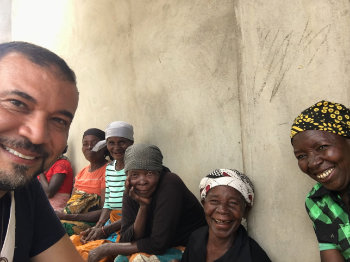
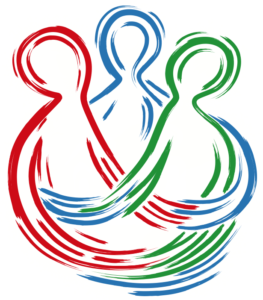
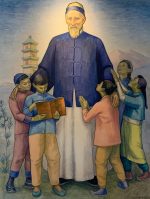
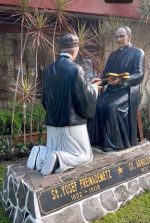
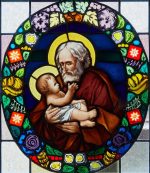


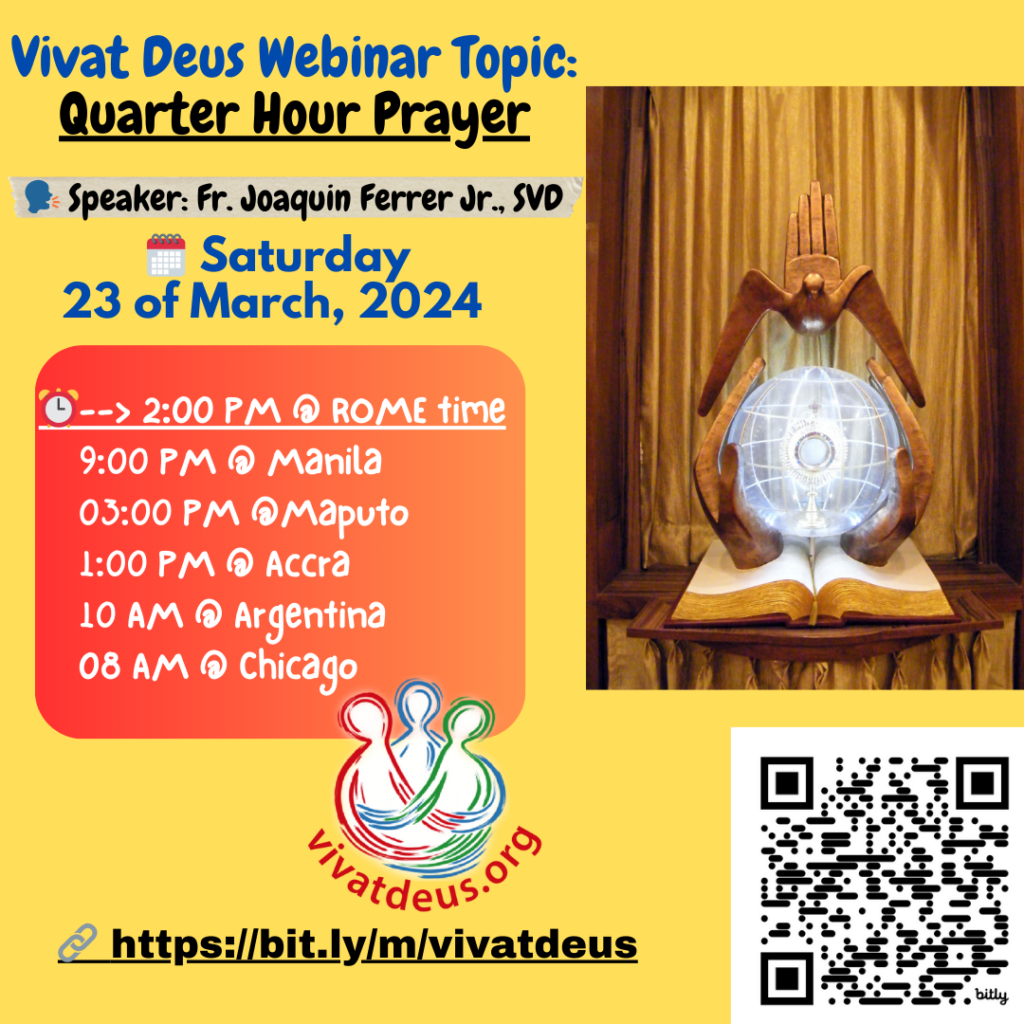
One Response
Thank you for this very insightful reflection.